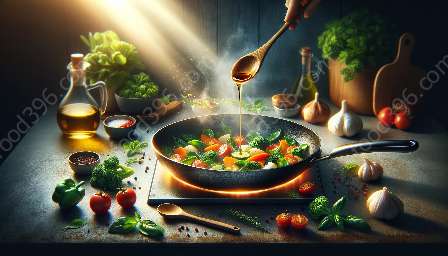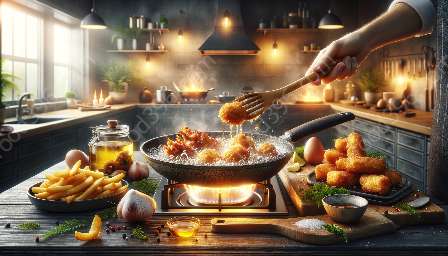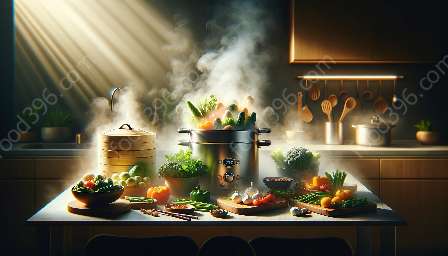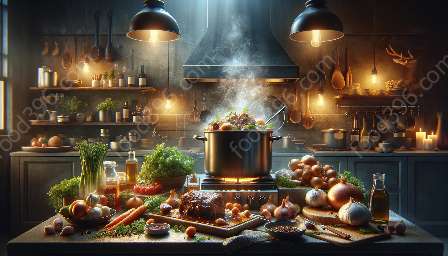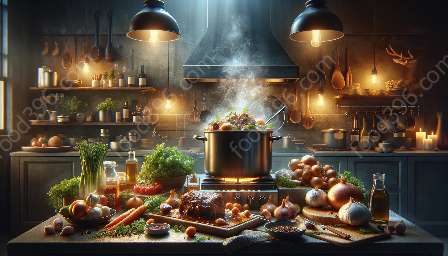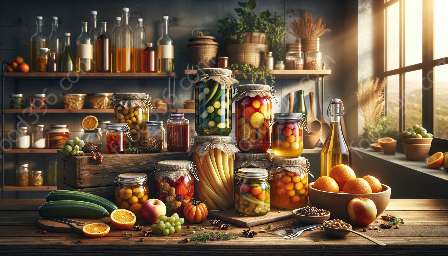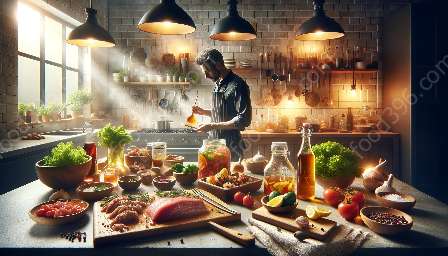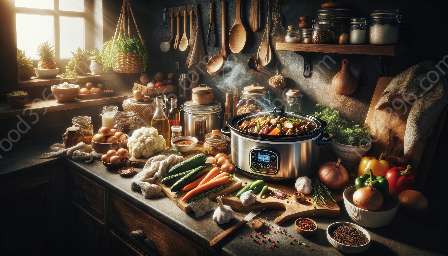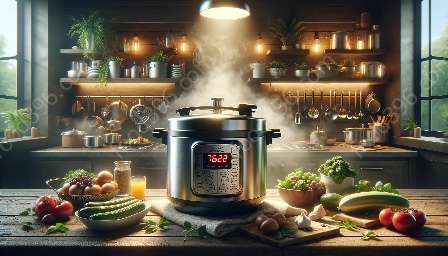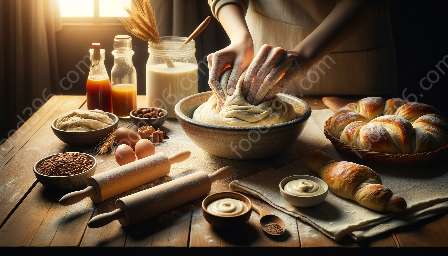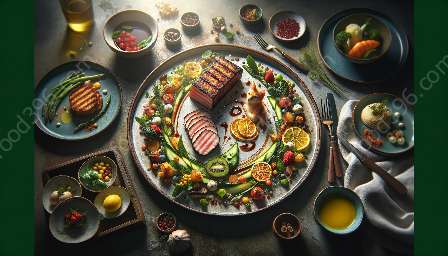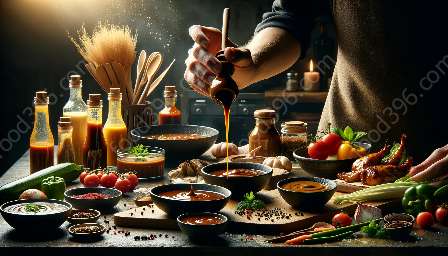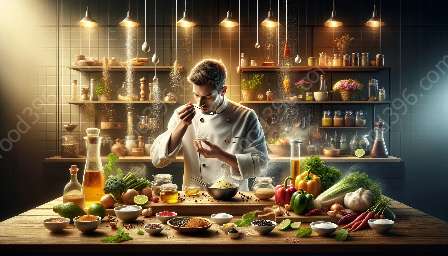The art of sautéing is a fundamental cooking technique that involves quickly and lightly cooking food in a shallow pan over high heat. It's an essential skill to master for any home cook or professional chef, as it allows for the quick preparation of delicious and healthy meals. Sautéing not only preserves the natural flavors and textures of the ingredients but also imparts a delightful caramelization and depth of flavor to the dish.
Understanding Sautéing
Sautéing is derived from the French word "sauter," which means to jump. The technique involves rapidly cooking small pieces of food in a small amount of oil or fat over high heat. The key to successful sautéing lies in using high heat and maintaining constant movement, typically achieved by tossing or stirring the ingredients in the pan.
Benefits of Sautéing:
- Preservation of nutrients and flavors.
- Quick and efficient cooking method.
- Creates flavorful crusts and caramelization.
- Adaptable to a wide range of ingredients.
Techniques for Successful Sautéing
Mastering sautéing requires attention to detail, proper technique, and a good understanding of the ingredients being cooked. Here are some essential techniques to ensure successful sautéing:
1. Preparing the Ingredients
Cut ingredients into uniform sizes to ensure even cooking. Pat dry ingredients like meat or vegetables to promote browning and prevent steaming.
2. Selecting the Right Pan
Use a wide, shallow pan with a heavy bottom, such as a sauté pan or skillet, to provide ample surface area for the ingredients to make contact with the heat source.
3. Heating the Pan
Preheat the pan over medium-high to high heat before adding the oil or fat. The pan should be hot but not smoking.
4. Using the Right Oil or Fat
Select an oil with a high smoke point, such as canola oil, grapeseed oil, or clarified butter (ghee). A high smoke point ensures that the oil does not burn at the high temperatures required for sautéing.
5. Adding the Ingredients
Once the pan is properly heated, add the ingredients in a single layer. Overcrowding the pan can lead to steaming rather than sautéing.
6. Maintaining Constant Movement
Keep the ingredients in motion by tossing or stirring them with a spatula or wooden spoon. This ensures even cooking and prevents sticking or burning.
7. Adjusting the Heat
Be mindful of the heat level throughout the sautéing process. High heat is essential for browning and caramelization, but it may need to be adjusted to prevent burning.
Recipes for Sautéing Success
Once you've grasped the fundamentals of sautéing, it's time to put your skills to use with delicious recipes. From savory meats and seafood to vibrant vegetables, the possibilities for sautéed dishes are endless. Here are a few recipes to inspire your culinary creativity:
1. Sautéed Chicken Piccata
Enjoy a classic Italian dish by sautéing thinly pounded chicken breasts in a flavorful lemon, caper, and white wine sauce. Serve with a side of pasta or steamed vegetables for a complete meal.
2. Sautéed Garlic Shrimp
Delight in succulent shrimp seasoned with garlic, butter, and a touch of red pepper flakes. This quick and easy dish pairs perfectly with a simple green salad or a side of crusty bread.
3. Sautéed Summer Vegetables
Embrace the bounty of the season with a vibrant medley of sautéed summer vegetables, such as zucchini, bell peppers, cherry tomatoes, and fresh herbs. Serve as a side dish or toss with pasta for a light and satisfying meal.
Mastering the Art of Sautéing
Mastering the art of sautéing not only enhances your culinary repertoire but also allows you to create flavorful and wholesome dishes with ease. Whether you're preparing a quick weeknight meal or entertaining guests, the versatility and dynamic flavors achieved through sautéing can elevate any dining experience. With the right techniques, ingredients, and a touch of creativity, you can harness the full potential of sautéing to create memorable and satisfying dishes.
Concluding Thoughts
Sautéing is a time-honored cooking technique that offers endless culinary possibilities. By mastering the art of sautéing, you can unlock the full potential of various ingredients, from tender proteins to vibrant vegetables. This versatile cooking method not only retains the natural essence of the ingredients but also adds depth and complexity to your dishes. So, roll up your sleeves, heat up the pan, and embark on a culinary adventure with the art of sautéing!



